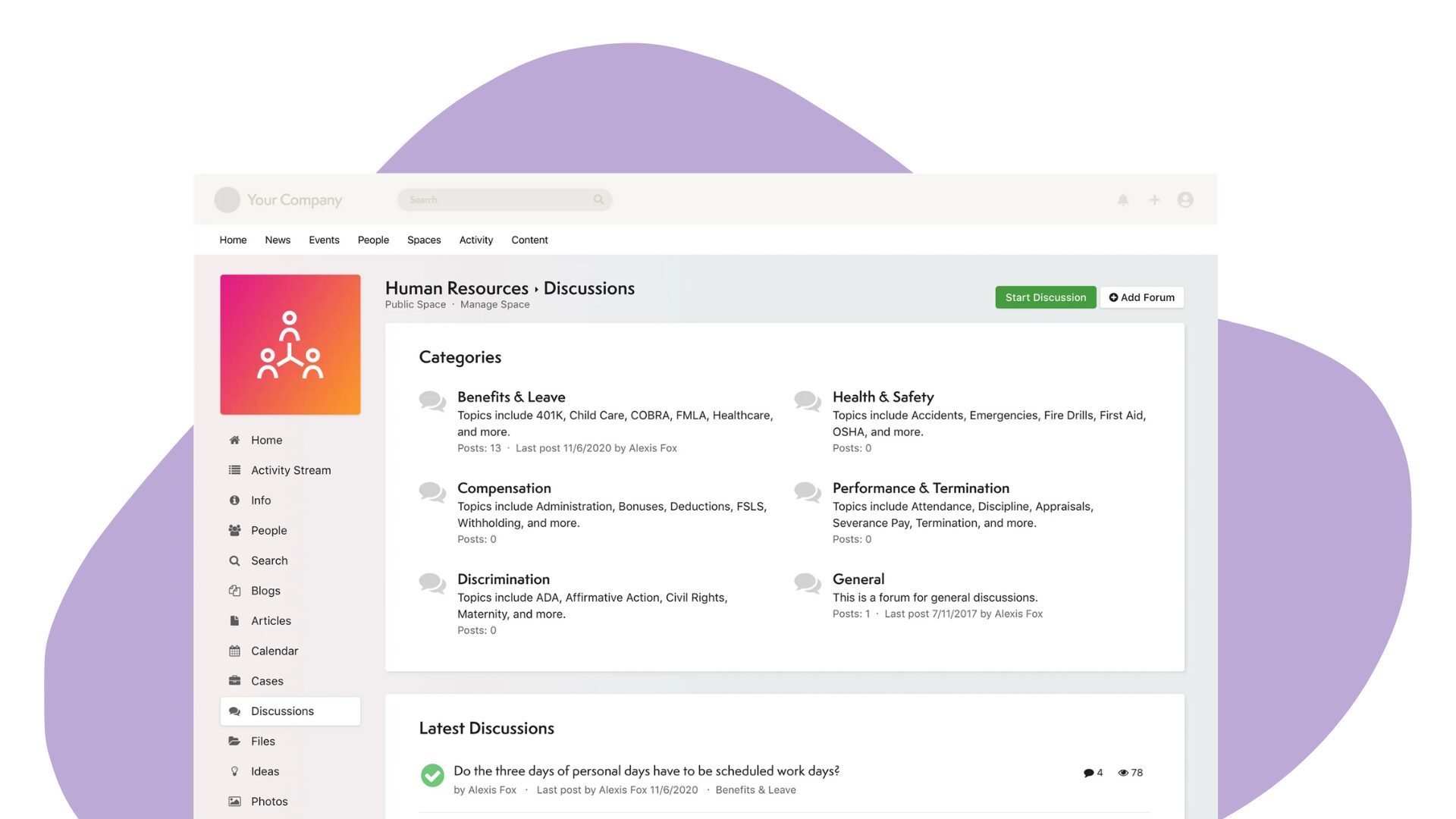
It’s what a good business strives for. Isn’t it?
The abundance of separate software programs, hardware, and updates that some companies keep for their employees is overwhelming, and very expensive.
How can a business become more efficient by drastically reducing the licensing costs?
Simple.
There are many financial benefits to implementing a social networking platform.
To name a few:
- reduction in travel expenses
- a better communication platform reduces phone expenses
- flexibility of employee and partner location, and
- reduction in workspace costs
Let’s take a closer look into just one cost that several enterprise businesses spend a small fortune on — software licensing.
In a typical enterprise business environment, you’ll find different kinds of stakeholders, including different types of employees, partners and so on. They may each have very different computing requirements: some quite basic and some may need more extensive software capabilities. Yet most businesses issue similar hardware, and provide standard installations of software across the board.
An employee in sales may need the latest version of Microsoft Office and SharePoint to create and upload sales presentations and share documents, but someone in another function may not.
The practice, or need to install a fresh license of collaboration and communication software like SharePoint, Lotus Notes, and other groupware for every new employee, stakeholder or department that’s now part of the wider organizational network is expensive.
Just imagine in a larger organization. How much could add up in license fees each year? Some of the employees need an additional user license just so that they can use the internal messaging, instant messaging, or group notification function within the organization … is it really a justified cost?
This is where social networking and social business software play a crucial role in reducing unwarranted licensing costs. By migrating most of the common everyday internal collaboration and communication functions to a intranet software platform and making that the core internal interaction platform for the business, the dependency on more expensive licensed copies of other software is drastically reduced. Once the dependency on that software is gone, it will end up being used only where it is really required and doesn’t have to be used across the board, just because that’s the standard internal platform the company works on.
Most businesses have been stuck in the trap of having to invest a considerable licensing fee every time they add on a new user or need to scale, perhaps for a lack of a better solution.
Now that there is a good solution that is cost effective, scalable, and makes good financial sense, should we still be paying those inflated licensing costs each year?











 info@axerosolutions.com
info@axerosolutions.com 1-855-AXERO-55
1-855-AXERO-55


